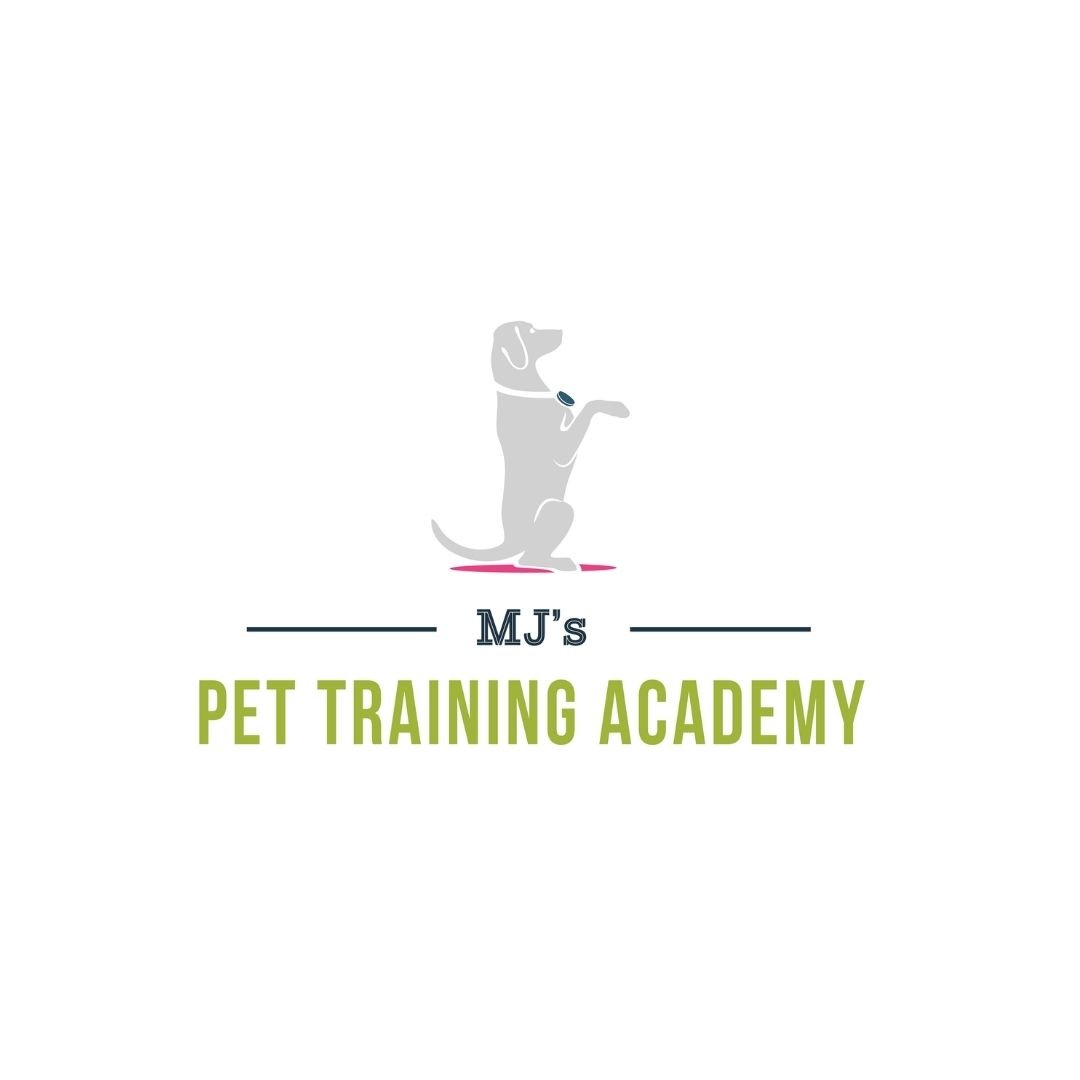3 Small Dog Training Habits That Lead to Big Results
Dog training shouldn’t eat up all your free time or leave you feeling overwhelmed. I’d much rather see my students looking forward to training sessions. You should carve out time to bond with your dog, provide exercise, and enrich their life, but obedience work can still start to feel like a chore.
Have you been putting in the time and still find yourself wondering, “Why doesn’t my dog listen?” If so, that’s a sign something needs to shift. The good news: a few small changes can make a big difference. They’ll help your dog focus more and ignore you less.
Teaching focus at home helps your dog thrive in public. Start with small habits for big results.
As professional trainers, we know the value of building strong habits. These habits set you and your dog up for success. Below are three simple habits you can start using today to boost your results.
1. Practice Real-World Focus
Maybe your dog listens well inside your home, or even in class, but seems to forget everything in public. That doesn’t mean your training “isn’t working.” It means you’re likely missing one habit: asking for the same level of focus in practice that you expect in real life.
Yes, distractions play a big role, but let’s take a closer look. How often do you need your dog to focus at home? Are you asking for a heel or a stay while you move about your daily routine? Or are you just repeating the same tricks in the same pattern?
Here’s what to try for 30 seconds to a minute: grab your leash, head to your yard or living room, and reinforce every bit of eye contact. Then, ask for a sit-stay or down-stay. Too easy? Roll a ball by or drop a treat nearby. If your dog can’t focus at home with light distractions, they’ll struggle even more outside.
The key is to rehearse real-life skills in varied situations. Once it's solid at home, take it on the road: practice sit-stays on walks, ask for eye contact before crossing a street. These moments add up fast.
2. Reward the Right Responses
If your dog makes a mistake during training, don’t immediately offer a treat just to move on. I see this all the time: a dog breaks a stay, the handler gives a cue again, and then rewards after the second try. But guess what the dog learns? That the whole sequence earns a treat, even the mistake.
Make it a habit to reward only the responses you’re proud of. You can absolutely reset and try again, but be mindful of when and why you reinforce. Your dog will repeat whatever behavior gets rewarded, so reward wisely.
3. Train Beyond the Classroom
This habit builds on the first two. If you only train in a class, your dog will only perform in a class. If you only pull out treats when your pouch is on, your dog will only respond to the pouch.
Break the pattern. Ask your dog to sit or flip to heel randomly throughout the day. Mix in cues during play, ask for a down mid-fetch or a stay before tug. These “in-the-moment” sessions create stronger fluency and responsiveness.
Training doesn’t have to be a separate event. The more your cues blend into your lifestyle, the more naturally your dog will respond—anytime, anywhere.
Final Thought:
Training should be fun, not frustrating. A few minutes here and there, paired with smart habits and thoughtful reinforcement, can create huge improvements. These three small changes are only the beginning. Once they’re in place, you'll start seeing more progress because you’ve built the habits to support it.

